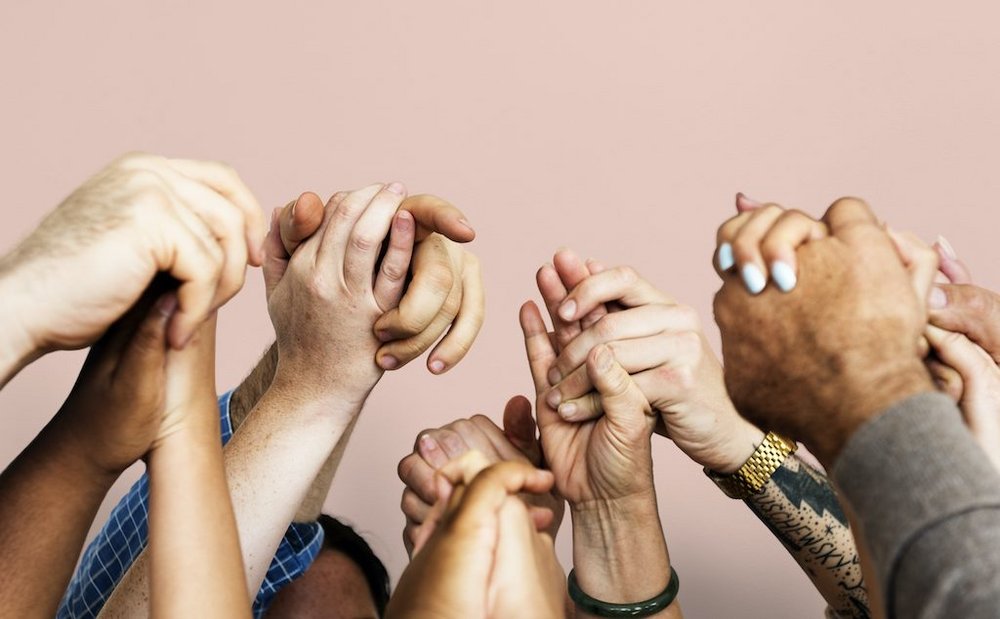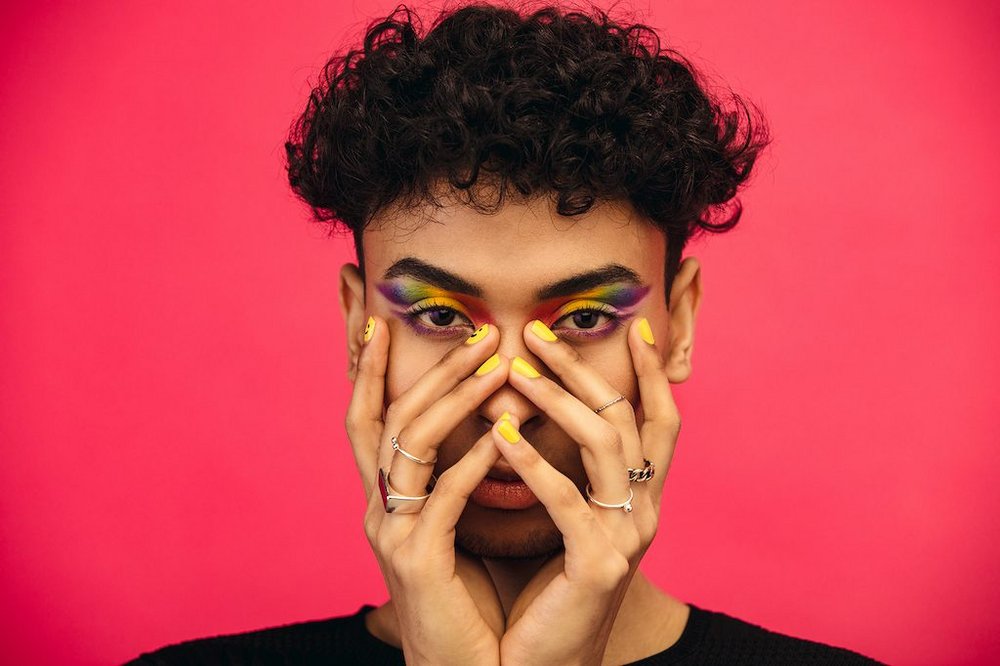Promoted content
Three crucial words /
Diversity, equity and inclusion: three crucial words at the top of many company agendas right now, but how best to turn noble intention into active and meaningful cultural change? From mortgages to yoghurt, marketers weigh in on the different approaches to DEI

In the diversity, equity and inclusion (DEI) space, even the companies with the best intentions can fall short.
As one marketer at a B Corp company told us, there’s often a gap between a company’s internal aspirations and its external comms. It’s even evident in her own company’s ads, which play into ‘all of the clichés of the category’ (slim, young white women rhapsodically consuming low-fat yoghurt). ‘There’s a bit of a disconnect between what we set out in the brief and what goes on air.’ The tension point for the company, she added, is ‘how do we be more representative without alienating our current consumer?’
Co-op has its own barriers between internal ambitions and how they are executed, said Jordan McDowell, the lead communications planning and media optimisation manager at Co-op. Last month was Pride Month, and Co-op worked hard to identify a relevant customer-facing proposition for Pride and the LGBT+ community.
‘We were the only retailer to stand up in parliament for same-sex marriage, we support LGBT+ causes in our cooperative business model, [...] and we have internal colleague support set-ups, [...] so when it came to Pride Month we just had to hold onto what makes us unique in that space and not divert too far away from that [...] with a rainbow BLT sandwich or loads of deals on vodka for Pride weekend.’
Jordan McDowell, Co-op

In short, if your brand doesn’t have a relevant customer-facing proposition for Black History Month, don’t throw a meaningless campaign out there about it – instead work on what that proposition could be for next time, said McDowell. The conversation moves fast, he added. ‘What was right last Pride Month is not necessarily right this Pride Month, and that’s something we need to remember when looking at all these opportunities as marketers.’
Diversity and inclusion is ‘not an option, it’s a must,’ said a senior marketing manager at a toy brand. ‘We have an obligation to represent kids’ interests in a very diverse and inclusive manner.’ Concerns about potentially alienating customers are very real. ‘But we know it’s the right thing to do,’ she said. ‘It’s non-negotiable.’
Abba Newbery, Habito

At the other end of the spectrum is online mortgage broker Habito, which at five years old doesn’t have the same baggage as a long-established brand, said Abba Newbery, Habito’s CMO. ‘One of our founding principles was to build a company that we’d be proud to look back on, which means diversity and inclusion is built in.’
But like any engineering-led organisation, Habito struggles with the biases that have come before, said Newbery. ‘Walk into any engineering department of any company, you’ll see a lot of white men.’ One way Habito tackles this is through blind recruiting. ‘It takes us longer but we think it’s fundamentally the right thing to do.’ Another is by using animation in its comms, which removes any issues around casting.
Of course, the nature of its ads (Habito has based campaigns around both hell and the Kama Sutra) are bound to attract complaints from some people, ‘but you’ve got to be brave and stand by those decisions,’ said Newbery. ‘The brave decisions we make are always reflective of how are customers feel. Our ads may look brave but they are always rooted in a deep and proven customer insight.’
Abba Newbery, Habito
Shutterstock, as a global provider of stock photography, recognises its role in diverse representation and is aware of the gaps it must bridge, said Emma Jowett, the company’s director of corporate. ‘Every piece of content that we create has an element of bias [due to] the person taking that shot. Recognising that and figuring out how we plug the gap so we can tell more stories across more communities and markets with very different viewpoints – that’s the part we’re focusing on.’
Marketing as an industry is still very male and white, particularly in senior roles, as are other creative industries, so it’s essential to create an inclusive environment that attracts more diverse talent, Jowett added. ‘Otherwise we’ll continue to see the same content time and time again.’
Want more of the same? /
We don’t just write about best-in-class campaigns, interviews and trends. Our Members also receive access to briefings, online training, webinars, live events and much more.




